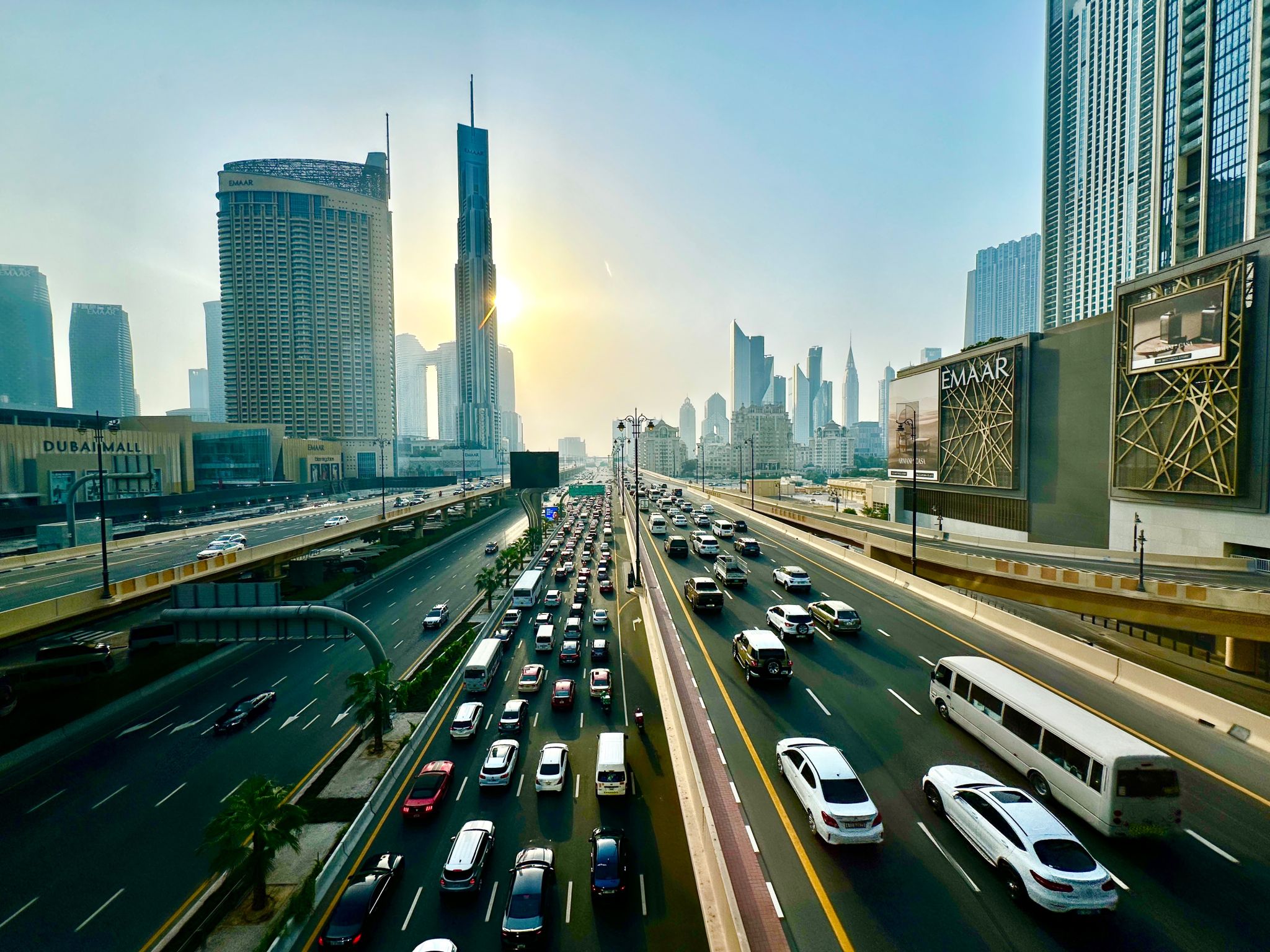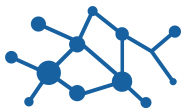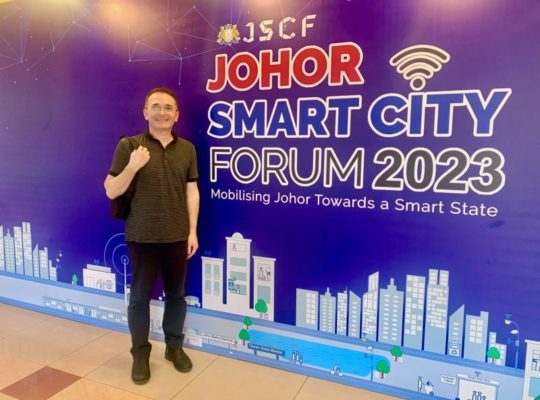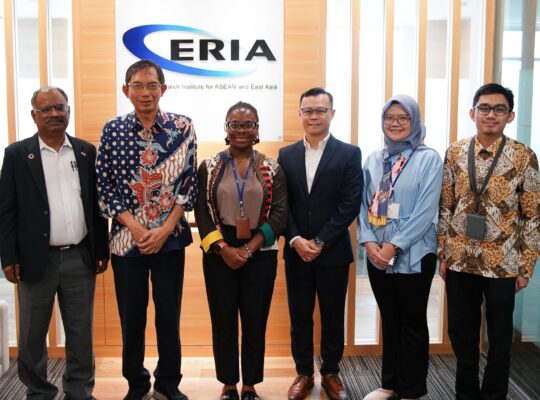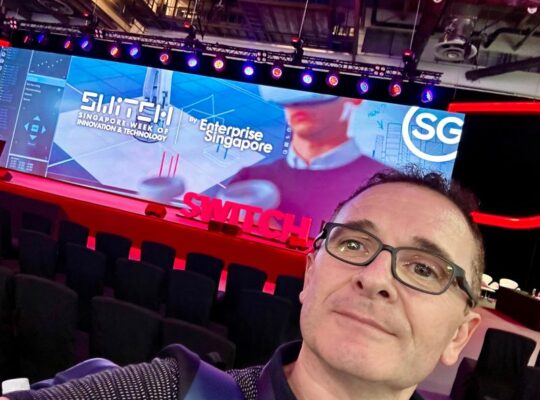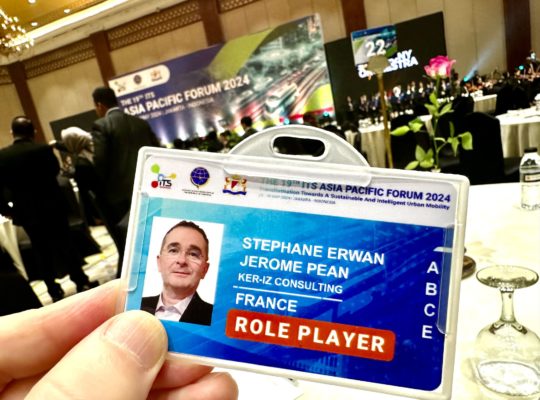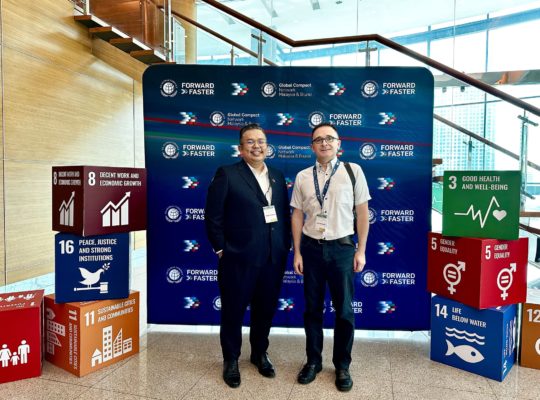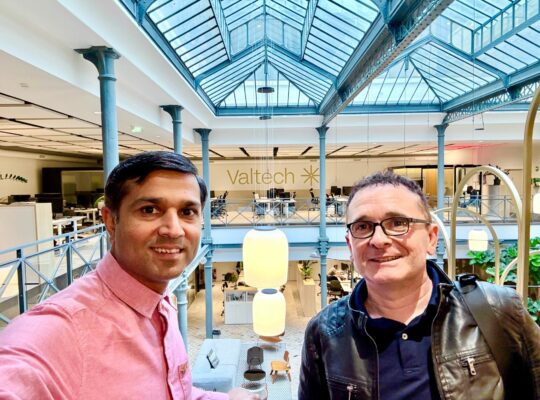Back from an intense month of exploration and exchange across the #UAE — Sharjah, #Dubai (from Deira to Expo City), and Abu Dhabi — I return with deeper insights into a region far more complex and hybrid than conventional narratives suggest.
#Dubai, a post-carbon laboratory in the Middle East?
Built on oil wealth just two decades ago, #Dubai today derives less than 1% of its GDP from hydrocarbons. The capital city Abu Dhabi remains heavily reliant on oil, with about 45% of its GDP tied to the sector. Dubai aligns with its “8 Guiding Principles,” including economic #diversification—visible in its high-end tourism, free zones, investment incentives, and talent attraction policies.
Urbanism: accumulation and connectivity
#Dubai is a mosaic of vertical clusters—malls, business hubs, residential towers—forming self-contained “cities within the city.” These are increasingly linked by a modern public transport system anchored by the driverless metro, yet vast distances and limited coverage sustain heavy private car use. This reflects #Dubai’s status as a state city, where centralised governance balances strategic growth with persistent mobility challenges.
Islamic #modernity—a dynamic, state-controlled hybrid
#Dubai’s modernity is rooted in a comparatively more flexible and modernist Islamic framework, notably shaped by the Shafi’i tradition and actively steered by state authority. Public institutions strategically manage religious norms to regulate economic, social, and cultural flows. This curated hybrid reconciles global integration with local religious legitimacy, offering an alternative model to Western liberal paradigms—one where public control enables a form of adaptive Islamic modernity.
A city of others: 92% foreign-born
With around 3.8 million residents, about 92% are foreign-born, mainly from India, Pakistan, and the Philippines, crucial to infrastructure development. This #diversity shapes a segmented social order based on economic roles rather than civic identity, yet fosters a vibrant, if asymmetric, cosmopolitan ecosystem.
As a European navigating between worlds, I found #Dubai defies simple East-West labels. It is a testing ground of hybrid realities and urban innovation. Over the past month, I attended Mobility Live ME, visited Expo City Dubai, and engaged with engineers, planners, and policymakers, opening pathways for future urban and mobility collaboration.
Thanks to all who shared insights with clarity, ambition, and generosity.
The #Emirates are not a model to replicate blindly—but undeniably a laboratory to observe, engage with, and learn from amid shifting global urban dynamics.
